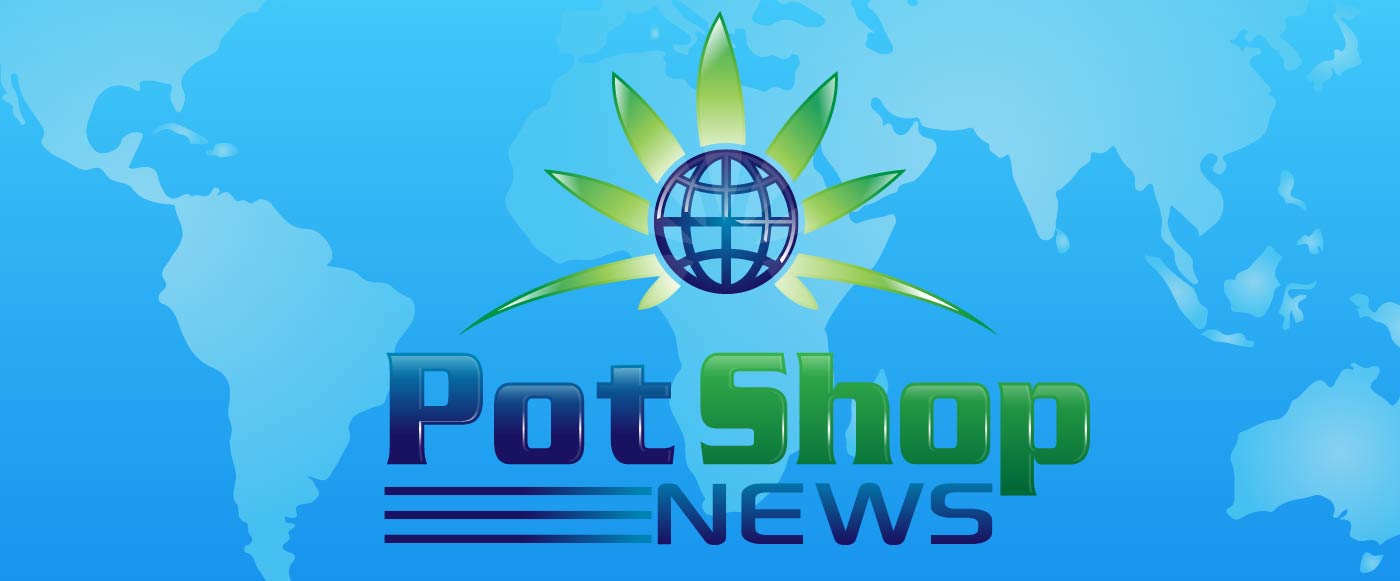How Large is the Intoxicating Hemp Market in the United States?
With 2024 behind us and new state legislative sessions ahead, it is a perfect time to discuss one of the most frequently asked questions received by the Vicente Economics and Research Department: How large is the intoxicating hemp market? That is a complicated question to answer with incomplete pieces of information. Thankfully, new states are now reporting comprehensive data that provides key insights into how hemp cannabinoid markets are growing.
Regulated medical and adult-use marijuana markets are easy to analyze, as states typically report monthly sales data and tax revenue. On the other hand, publicly available hemp reports tend to be static and typically based on surveys conducted by industry analysts and the United States Department of Agriculture (USDA). These reports provide helpful information on floral hemp production, wholesale sales, and projections for the retail value of finished products, but surveys fail to capture the market comprehensively and do not show month-over-month growth.
The USDA estimates the wholesale value of floral hemp grown for extraction was $172.6 million in 2023, up from $109.9 million in 2022 but down from $298.1 million in 2021. While helpful, this national wholesale sales data is reported annually, and the information has a long lag time considering the 2024 data is expected in April 2025. National harvest data does not tell us about the growth of state-regulated markets for finished hemp-derived cannabinoid products. Hemp extracts and cannabinoid distillates can be stored for a long time. So, it is possible that the hemp-derived products you purchased today were produced from hemp harvested years ago.
Using Hemp-Derived Cannabinoid Product Sales Tax Data to Track Monthly Trends in Minnesota, Louisiana and Tennessee
To assess the growth of hemp markets in a more detailed way, we turn to monthly tax data reported by states with special taxes levied on hemp-derived cannabinoid product sales. There are four such states: Minnesota, Louisiana, Tennessee, and West Virginia. West Virginia does not yet provide monthly details on its 11% tax on the retail sale of hemp-derived products, so this analysis will evaluate the growth of hemp products in Minnesota, Louisiana and Tennessee.
All three states show hemp-derived product market growth, with Louisiana having the smallest market and slowest growth of the three. Evaluating average month-over-month growth since July 2023, Minnesota’s hemp-derived cannabinoid market grew 5.87% (70.4% annual growth) while Tennessee increased 4.99% (59.8% annual growth) and Louisiana grew 2.16% (25.9% annual growth). Tennessee not only has the largest market of the three—$245.4 million in the 12 months from December 2023 through November 2024—but also the highest per capita sales at $40.50 per adult resident per year. Minnesota, one of the most discussed new cannabis programs for its strong beverage market and decision to regulate intoxicating hemp products before cannabis legalization, sold $145.1 million in hemp consumable products from October 2023 through September 2024.
Why Hemp Cannabinoid Product Assortment Matters for Market Growth
This difference in market size between the three states is likely due to the array of hemp cannabinoid products available across each market. Similar to medical and adult-use cannabis programs, consumer demand and sales will vary depending on product affordability, accessibility, and assortment. Tennessee permits the sale of smokable and vaporizable hemp cannabinoid products, while Minnesota and Louisiana do not. Tennessee also permits more potent products, with a maximum serving size of 25mg. Minnesota and Louisiana limit products to 5mg of THC per serving. These product differences affect how consumers choose to purchase cannabis products.
Now that many states have regulated cannabinoid hemp alongside medical and adult-use marijuana, consumers have a multitude of choices. Consumers can purchase from the illicit market, from the state hemp program, from a medical licensee (if they are a qualified patient), or purchase from an adult-use store if one exists in their state or nearby. As legislators consider new product restrictions and requirements in 2025, it is essential to remember that policy choices do not exist in a vacuum. Unless there are other affordable and accessible regulated options available within the state, restricting product types may cause consumers to travel out of state or purchase from the illicit market.
With 2024 behind us and new state legislative sessions ahead, it is a perfect time to discuss one of the most frequently asked questions received by the Vicente Economics and Research Department:… Read More


